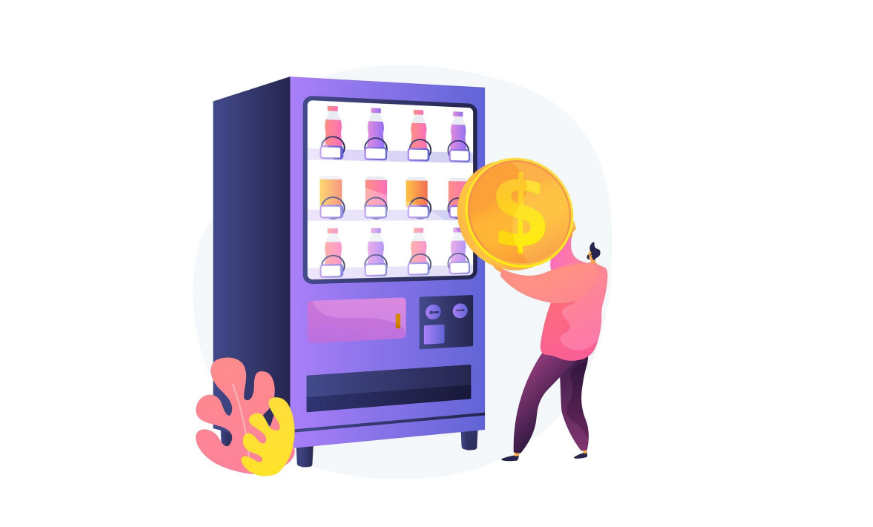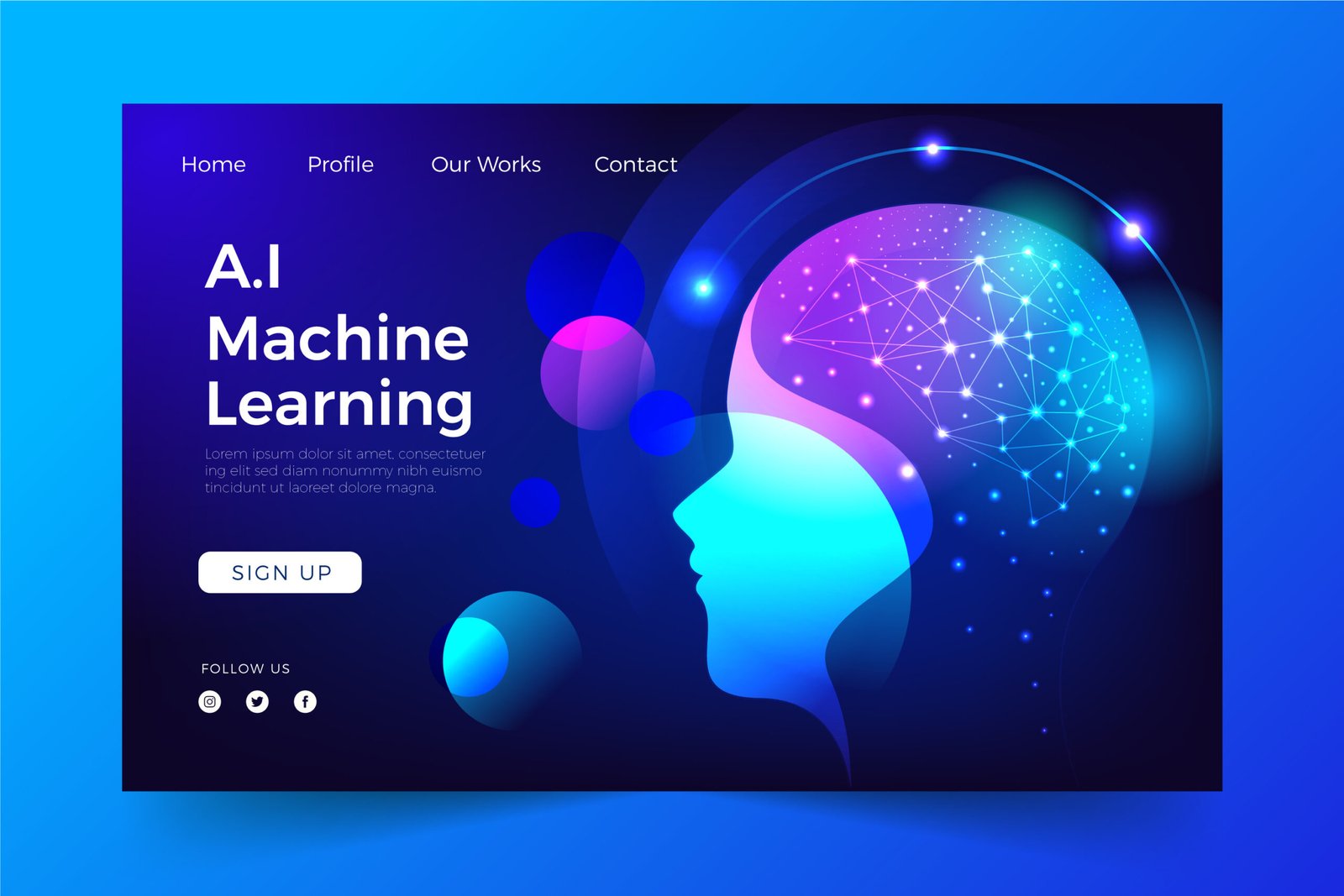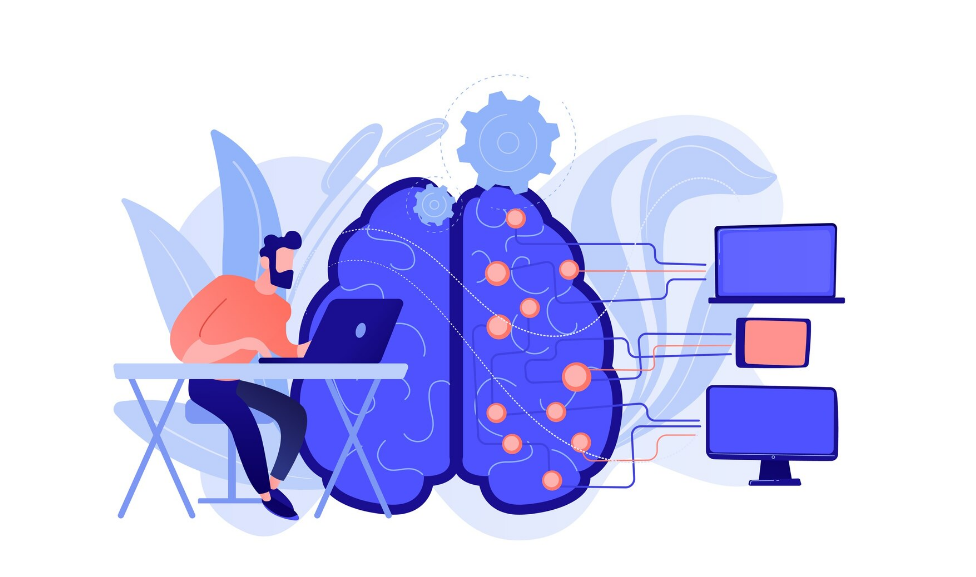The landscape of email marketing in 2025 is markedly different from what it was even a few years ago. While the medium itself remains a cornerstone of digital strategy, its effectiveness now hinges on an increasingly nuanced interplay between automation technologies and personalized user experiences. This shift invites not only practical adaptation but also critical reflection on the assumptions that underpin digital communication practices.
Reframing Email Marketing: From Broadcast to Dialogue
Traditionally, email marketing operated as a unidirectional channel—broad messaging disseminated to large lists with minimal contextual tailoring. However, this broadcast model has come under scrutiny for its inefficacy in today’s saturated inbox environments. Contemporary discourse among marketing scholars (e.g., Chaffey & Ellis-Chadwick, 2022) increasingly emphasizes dialogical engagement, wherein relevance and timing play a decisive role in recipient responsiveness.
It might be tempting to regard automation and personalization as distinct features, but emerging theoretical frameworks suggest they function more fruitfully as co-constitutive processes. That is, automation without personalization tends to reproduce the inefficiencies of batch emailing, while personalization without automation risks scalability issues. Together, they form a symbiotic architecture for responsive, adaptive communication.
The Strategic Imperative of Automation
Automation, broadly defined, refers to the delegation of repetitive or rule-based email tasks to algorithmic processes. Though often discussed in operational terms, its strategic implications are far-reaching. Automated workflows, such as welcome sequences, lead nurturing funnels, and re-engagement series, are not simply time-savers; they are structuring mechanisms that shape customer experiences across the lifecycle.
Yet, this mechanisation is not without tension. Some critics argue that over-automated sequences risk alienating users if they feel impersonal or rigid (Watkins, 2021). To mitigate this, effective marketers often embed behavioral triggers—such as clicks, purchases, or time delays—to create a sense of temporal and contextual responsiveness.
Moreover, empirical studies have noted measurable impacts: campaigns incorporating automation have been associated with a 14.5% increase in conversion rates and a 12.2% reduction in marketing overheads (DMA, 2024). While these figures offer persuasive justification, they should be interpreted as indicative rather than universally replicable outcomes.
Personalization: Precision over Familiarity
There is a persistent misconception that personalization refers merely to token gestures—using a recipient’s first name, for instance. In practice, the term encompasses a spectrum of interventions, from dynamic content blocks and product recommendations to AI-driven segmentation and adaptive subject lines.
What distinguishes effective personalization is its grounding in data-informed inference about user intent, preferences, and positioning within the buyer journey. A B2B recipient downloading a whitepaper, for instance, may be receptive to a follow-up that offers case studies or ROI calculators—content that aligns with mid-funnel consideration stages. Such tailoring reflects both strategic intent and an ethic of relevance.
Nonetheless, there are unresolved debates concerning the ethical dimensions of personalization. Critics warn that hyper-targeting can verge on manipulation, raising questions about consent, data transparency, and digital surveillance (Zuboff, 2019). These concerns invite more than regulatory compliance; they call for a normative reconsideration of what constitutes “value” in data-driven marketing.

Integrating the Two: A Systems-Oriented Approach
Rather than viewing automation and personalization as add-ons, a more robust approach treats them as interdependent components of a holistic system. This systemic view is supported by complexity theory, which posits that emergent outcomes arise from the dynamic interplay of multiple, adaptive agents. In email marketing, such emergence might manifest as improved open rates or more fluid customer journeys—not merely because of any one tactic, but due to the coherence of the system as a whole.
Marketers might begin by developing modular content assets—snippets that can be programmatically inserted based on user behavior or profile data. These modules can then populate branching automation sequences tailored to different audience segments. Over time, machine learning algorithms may further refine these journeys based on predictive modeling.
That said, such integration presupposes a degree of infrastructural maturity—not all organizations possess the technological or analytical capabilities to implement these systems effectively. Smaller firms may benefit from phased adoption strategies or lightweight platforms offering “automation-lite” functionality.
A Case in Point: Learning from Practice
Consider the case of a SaaS provider that sought to reduce churn among free trial users. By deploying a multi-layered email strategy—one that combined usage-based triggers with individualized onboarding content—they achieved a 38% increase in trial-to-paid conversions within three months.
This outcome, while impressive, was contingent on several contextual factors: the granularity of user data, the appropriateness of messaging tone, and the timing of interventions. Such case studies underscore the contingent nature of best practices—what works in one context may not generalize across all verticals or user personas.
Maintaining Ethical and Strategic Integrity
Amid the push toward increased automation and deeper personalization, marketers must remain vigilant against reductive interpretations of efficiency. Greater reach and responsiveness should not come at the cost of user autonomy or trust. Rather, marketing strategies must be situated within a broader ecosystem of digital ethics, regulatory compliance, and user-centric design.
Adopting privacy-first practices—such as double opt-ins, transparent data usage policies, and frictionless unsubscribe options—does not simply fulfill legal requirements; it reinforces brand credibility and long-term loyalty.
Conclusion: Toward a More Reflexive Email Strategy
In sum, the convergence of automation and personalization offers both opportunity and complexity. Winning with email in 2025 is not about adopting the latest toolset per se, but about cultivating a mindset that balances strategic foresight, technological competence, and ethical sensitivity.
As marketing scholars continue to debate the implications of algorithmic communication, practitioners would do well to stay attuned to these conversations—not merely to follow trends, but to shape them. After all, email remains one of the few digital touchpoints marketers truly own. The question is not whether to automate or personalize, but how to do so in ways that are thoughtful, adaptive, and aligned with deeper brand values.





